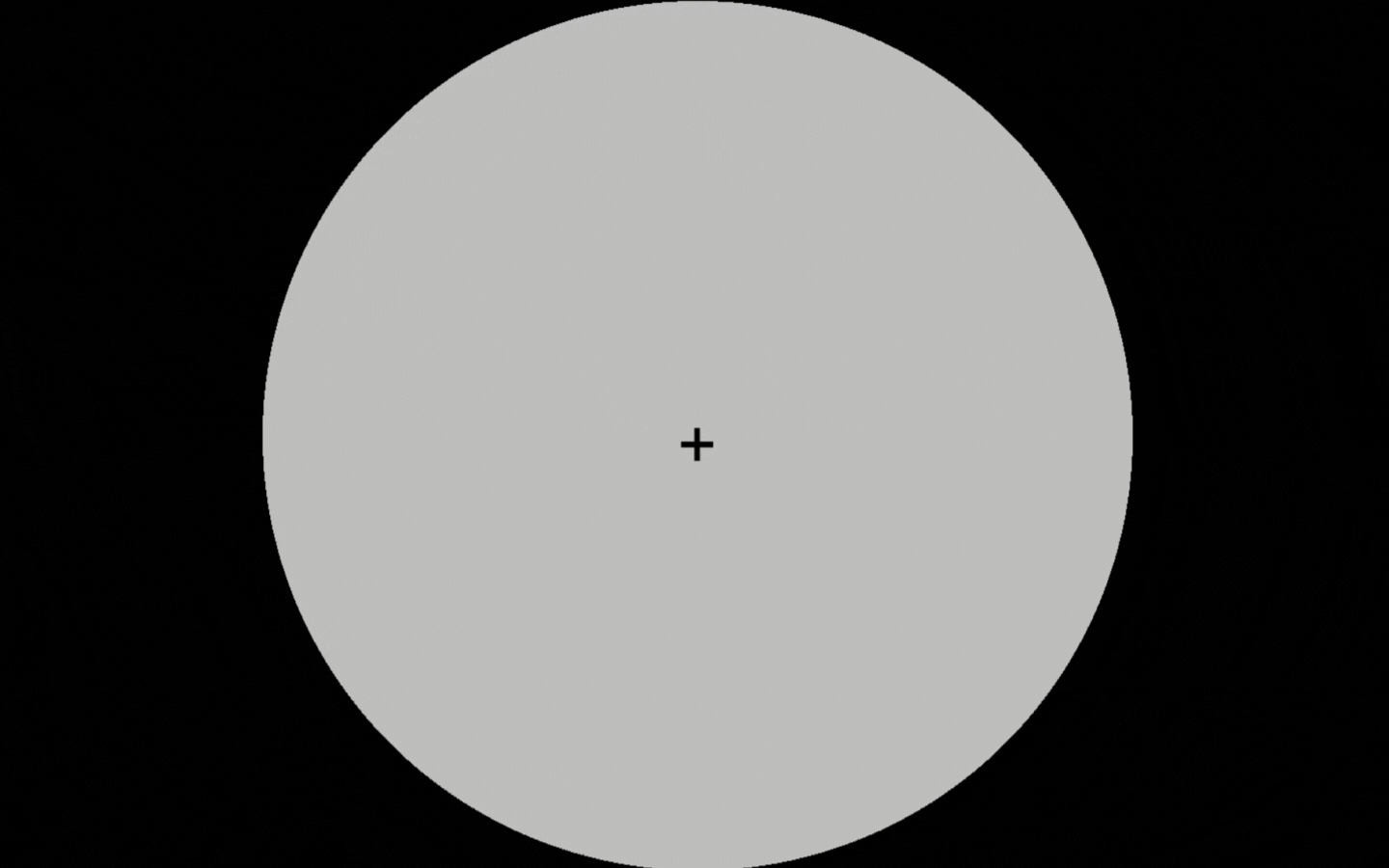Where word and world meet:
Language and vision share an abstract representation of symmetry
This page contains demos and stimuli for the following paper:
About the project:
Symmetry appears throughout the natural and constructed world (as in biology, art, and architecture), but it goes far beyond visuospatial properties, extending to the words we have for concepts such as "marry" or "equal". In both cases (vision and language), symmetry may be characterized as invariance under transformation. Is this a coincidence, or is there some deeper psychological resemblance between these two notions of symmetry? We sought to answer that question here.

Here is a loop of a few sample trials from Experiment 1:

In the experiment, participants' task was to view an image or video (either symmetrical or non-symmetrical), and then to choose one of two English phrases that "best matched" the visual stimulus they just saw. Participants were not informed that one phrase always described a symmetrical concept (e.g., "to negotiate") and the other did not (e.g., "to propose"). Even so, participants reliably selected symmetrical English phrases for the symmetrical visual stimuli, and non-symmetrical English phrases for non-symmetrical visual stimuli.
(Note that the looping demo above reveals which of the two phrases is symmetrical, but this information was not revealed to participants in the studies.)
Links to the experiments we conducted:
- Experiment 1a: Visual Events
- Experiment 1b: Symmetry Ratings
- Experiment 2: One vs. Two Static Objects
- Experiment 3: Linguistic Signs
Data, stimuli, pre-registrations, and other materials are available at https://osf.io/64dnq, and the published article is available here.
Questions? E-mail Alon Hafri (alon@udel.edu).